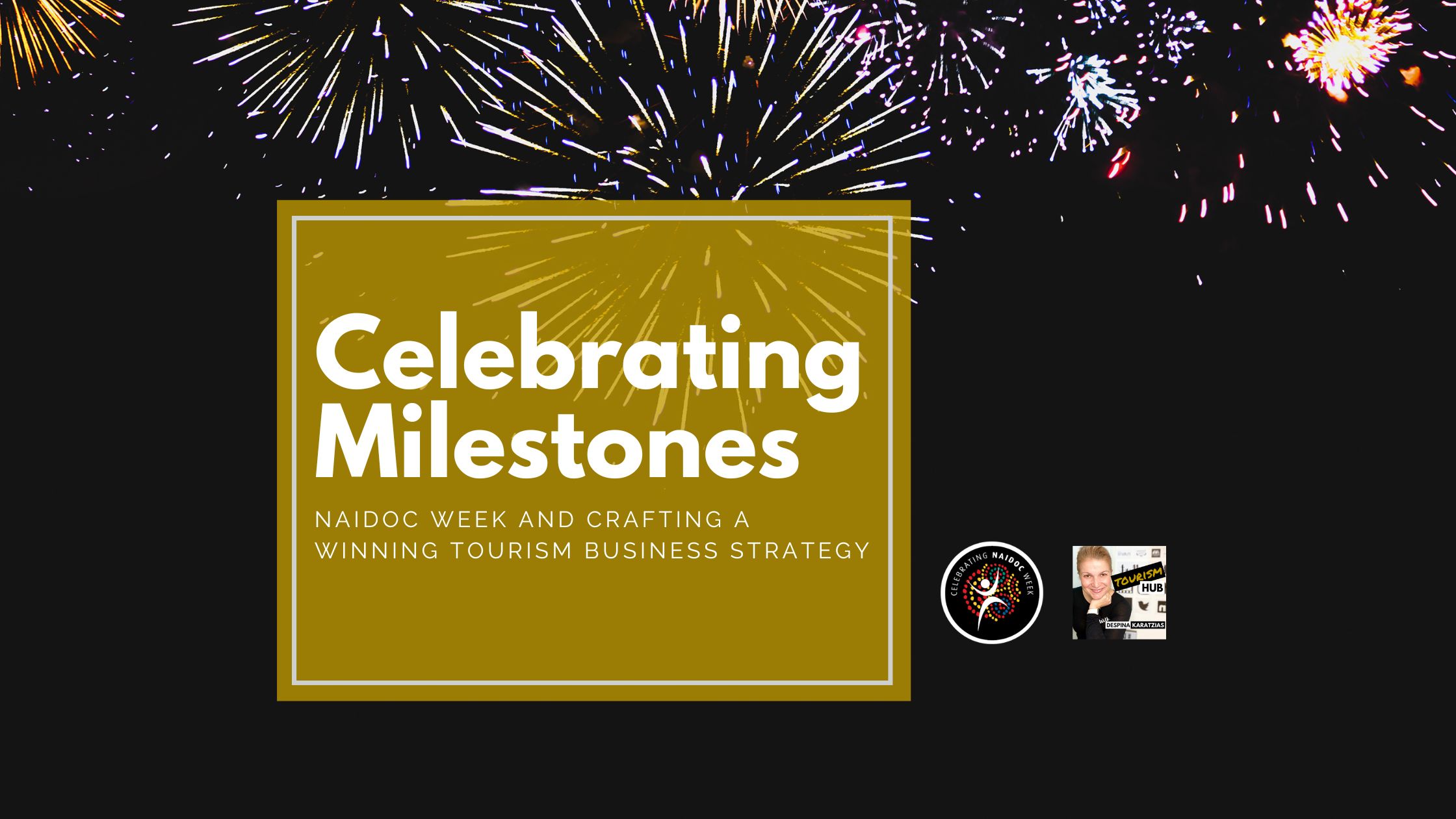As a business leader, “change” is likely the only constant you manage. Throw in a pandemic, and change IS the only constant you are driving right now. It is a valid point that with change, comes opportunity. In the age of Covid-19 however, any opportunity calls for a transformation strategy.
Take, for example, globalisation, innovation, and changing consumer behaviour, helping new industries thrive while older industries, including but not limited to tourism, travel, hospitality, events and retail, to name a few remained dormant and profoundly impacted. Complacency is not an option—many relying on government handouts, although helpful not the answer either.
In my own journey of change in the last twelve months, coupled with businesses, I have the pleasure of supporting daily; it is far more than pivoting from one thing to the next. Albeit forced upon, successful change has come from a deep-seated call to transformational action, more than anything in mindset first then comes the market, the product, the digital capability and strategic alignment.
You may have started the new year with your own aspiration goals for your company with goals that included things like:
- To be more profitable than you were before
- Create new channels for growth
- Dominate your industry
- Attract a highly-talented Workforce
Perfectly sound and reasonable goals that you must hang on to. In fact, if you want to stay on top, then you need to consider a transformation seriously: a significant shift in your mindset and organisation’s capabilities that’s relevant to its purpose and can deliver valuable results. To support your own transition right now I have outlined for you, four pillars of a successful transformational strategy to consider in your business or even your career.
Develop a Strategic Identity
Every business needs its unique mark. Not just for building brand awareness, but creating a powerful identity where a company’s value, capabilities, customer experience, and workforce culture all reinforce each other. Businesses with strong, unique, strategic identity become the most iconic brands. The following are some essential things to keep in mind when creating a strategic identity.
First, you need to be able to tell a good story. Communicate your business new strategic identity engagingly. Everyone in your team and beyond can see exactly how their contribution plays out to make the vision a reality.
Secondly, what is your most unique capabilities? Get clear and tie-in your strategic identity with your new strategic direction. Use your transformational strategy as a way to focus on what your firm is excellent at.
Don’t limit your aspirations. Instead, when discussing the need for transformation explain how your businesses’ strengths and capabilities make it well-positioned to realise an ambitious vision, one that will make you a leader (change-maker) in your industry.
Invite employees and other stakeholders to participate in the discussion. People are almost always more excited to adopt a new strategy that they helped create.
It would be best if you also discussed the major challenges that your company faces. Then, you consider every viable option for dealing with those challenges. Once again, invite stakeholders and employees to offer solutions.
Build Trust Through Transformation
During a transformation, you can often tell how well (or poorly) things are going by the way people feel. Chances are, some complicated options might be on the table – like staff reductions, selling part of the business or sunsetting a particular product or service.
If, as a leader, you give people reasons to be optimistic, they will invest their time and effort into any new strategy that inspires positive transformation. Building trust with employees and other important stakeholders is critical here. That means creating an approach that gives employees, partners and key stakeholders a reason to trust you and each other. Here are some tips on to how to build trust in a new strategy that involves transformation.
In every organisation, trust always starts at the top. Company culture takes its cues from top leadership. If leaders can demonstrate that they evoke confidence in each other, as well as the transformational strategy, then it will set a positive tone for the rest of your team.
Be respectful to those who disagree. Change is often hard. Therefore, you will always find people who resist it. That person may even be you. Listen to concerns – and always explain your position with empathy.
Above all, don’t forget to be continuously build trust with your customers. Unfortunately, far too many companies carelessly use and abuse their customers’ data – demonstrating a complete lack of respect for their privacy. If your customers don’t feel respected by you, then they will soon become your competitor’s customers. Therefore, you must create a customer experience that builds a relationship strong enough to do business with you.
Implementation
Implementing new ideas – especially when they significantly impact the way your organisation operates – takes time. Furthermore, there are almost always parts of your business that will resist change at all costs.
Therefore, you will need to give your new strategy the time and space to flourish. In fact, most successful transformations work best by implementing a continual series of small innovations that are like steps toward your bigger transformation.
Here are a few tips that can make implementation run more smoothly:
- Adopt agile innovation methods.
- Plan how to scale your ideas.
- Conduct consumer research to learn more about your customers’ needs.
You can learn more about each of these techniques online, or consider hiring a business consultant to assist your organisation through its transformational strategy.
View Your Legacy as an Asset
The unchanged parts of your business still hold great value. While all of your existing operations, products, or services won’t fit your new strategic identity and operating model, there are likely creative ways that you can continue to use the legacy parts of your business to create value for your customer.
In other words, just because you are implementing a transformation strategy that will change much of your business to stay competitive, you don’t need to eliminate areas that are still highly profitable and valued by your customer. Instead, try to maximise value throughout your entire enterprise when it comes to both new and legacy assets. When it comes to managing the legacy parts of your business, do this with tact.
Some likely employees have invested many years of their life in a role that might not be around for much longer. You want to demonstrate your appreciation for the value that they have created for your business. No one likes to feel like they are being discarded whilst overseeing your legacy assets.
In short, a transformational strategy might very well be key to the future profitability and survival of your business. It would help if you started by creating a new strategic identity.
Furthermore, you must build trust with employees, customers, and all key stakeholders. When it comes to implementing your transformation strategy, you will need to be mindful that there will be those who will resist change.
The more you invest the time, effort, and resources into making the strategy a success, the more people will come around to embracing it once they see the changes working. Lastly, make sure you put your very best team in charge of overseeing your legacy assets – which will continue to create value for your business.









